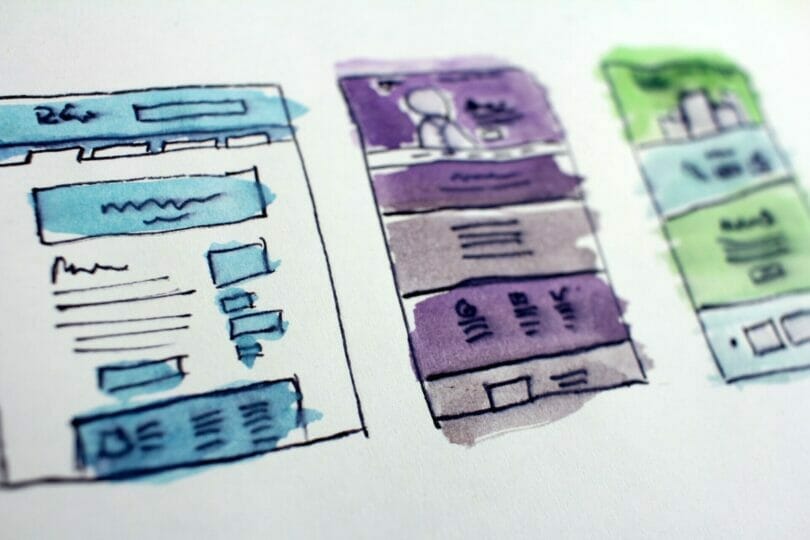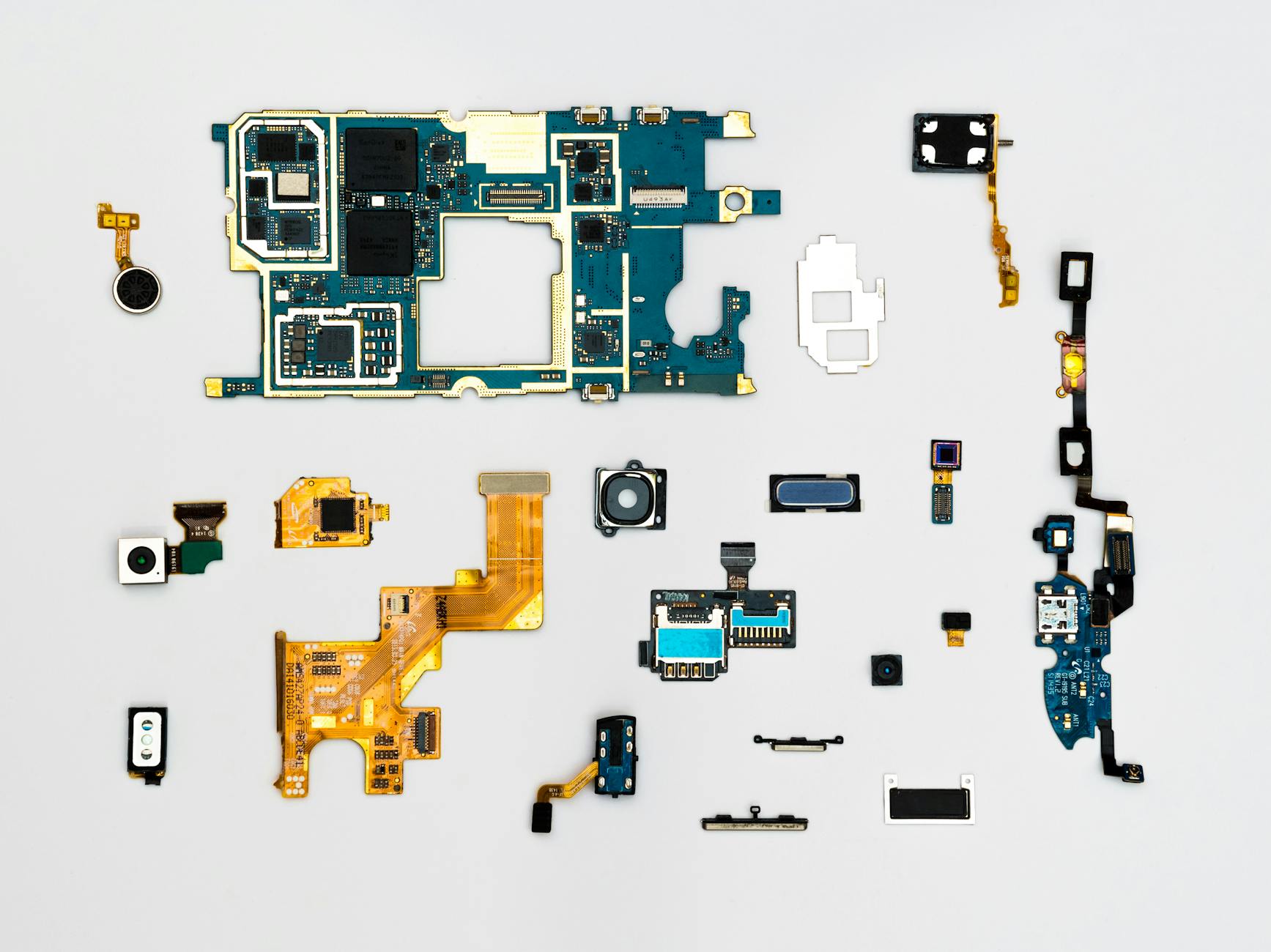In today’s rapidly evolving business environment, product creation has become one of the most important steps in launching a successful business. Creating a new product takes time and investment and may not always lead to profit. Many entrepreneurs aim to create a Minimum Viable Product (MVP, aa product with basic features designed to get a rough idea of how the market will respond. This blog post will look at MVPs in more detail and explore the steps needed to create a successful product.

1. What is the Minimum viable product, and why is it
important?
The more you can innovate in today’s competitive market, the better. Business owners commonly use Minimum viable products, or MVPs, to launch their products quickly. We’ve created a full guide to help you understand what it is and why it’s important.
The Minimum viable product, or MVP, is a critical concept in product development.
When developing a product or service, developing a Minimum viable product is the highest priority, as customers will judge your value according to this.
Minimum viable products allow you to learn, iterate quickly, and pivot based on customer feedback.
For example, if you were to create a website for a restaurant, you could set the goal to create a single page that offers a very basic menu, a few images of food, and a way to contact the restaurant.
As soon as you collect customer feedback, you can iterate and pivot based on that feedback, creating better products, services, and marketing.
2. Examples of companies who have used MVP in their product development process successfully
Let’s take a closer look at how MVP works. MVP allows companies to build their product without spending too much money. It also allows companies to test their product before it becomes a full-fledged service.
Examples of companies using MVP in their product development process successfully.
Lyft: Lyft is a ridesharing service that allows people to book rides using an app. The MVP for Lyft was a Craigslist job posting.
Uber: Uber is a ridesharing service that allows people to book rides using an app. The MVP for Uber was the founders’ friends’ phone numbers.
Airbnb is a home-sharing service that allows people to book rooms using an app. The MVP for Airbnb was the founders’ apartment.

3. Steps to create a Minimum viable product
A Minimum Viable Product (MVP) is a product that perfectly fits a certain customer’s needs. Therefore, it is developed fast and optimized only for its basic needs.
There is not much research on this product, and the focus is only on getting the product out in the market and getting feedback. The MVP is way cheaper than the other products in the market. The MVP is not a full-fledged product but just enough of the product to get customers hooked. Later, the product can be redesigned according to the feedback given by the users.
Once you have an idea, you can also create a concept. This helps you know how far the product will go. The MVP is then created to test the market.
4. How to build a Minimum viable product for your idea with minimum effort
Most entrepreneurs make the mistake of believing that their idea is perfect. They spend a lot of time and money building a product they assume will succeed. But without testing the idea first, there is no guarantee.
One mistake that has cost many startups millions of dollars is the following:
“I spent $1.5 million building this prototype for my product. It turned out well, and investors will start funding me soon.”
The entrepreneurs have wasted their money on the prototype, and the product still hasn’t hit the market.
The solution to this problem is building a Minimum viable product for your idea.
In tech parlance, a Minimum viable product is a product “with just enough features to satisfy early customers”.
When creating a Minimum viable product, entrepreneurs spend the least amount of money possible on the product. They test the product on their customers – and see if they are interested. Based on the feedback, they build the product iteratively.
This method ensures that entrepreneurs are building a product that customers need. Even when the product is not perfect, it can still be useful enough.

5. The advantages of creating a minimum viable product
You could spend months creating the perfect product, but your customers are unlikely to use it if it’s useless. This is why startups often create a minimum viable product – an initial version that provides them with key information about what their customers want.
These minimal products are often tested with users, who then provide feedback and suggestions that guide the product’s development. Once startups see the value of a minimum viable product, they often invest more time refining and improving them.
This development cycle generally works as follows:
Step 1: Create an initial product version based on your initial research. This will be made using the most basic versions of your planned features.
Step 2: Refine your initial version based on customer feedback. This feedback will inform your decisions, such as which features to prioritize or remove.
Step 3: Test the new version of your product with users. Check that users understand how to use it and that it meets their needs.
Step 4: Improve your product based on your user feedback.
Step 5: Repeat steps 1-4 until your product is refined to your satisfaction!
6. How to make your MVP as efficient as possible
MVPs are lean prototypes that help product owners validate their ideas, identify mistakes, and get their minimum viable product (MVP) in front of real customers. But how can you make sure that your MVP is efficient? Here are some tips.
1. Prioritize your MVP: an MVP only needs to be effective enough to validate your product idea, not perfect. You should only include features in your MVP that deliver real value for your customers. Removing unnecessary features from your MVP will help ensure that your MVP is efficient.
2. Build your MVP around your customers: instead of building your MVP yourself, involve your customers in the product development process. This will help you get expert advice from people outside your industry that (in most cases) have more experience.
3. Test your MVP with real customers: testing your MVP with real customers is the best way to validate your product idea. Make sure you test your MVP with real customers instead of friends and family, as they’re more likely to provide honest feedback.
4. Start small: building an MVP takes time and money. So it’s much better to start with a small MVP instead of building a large and expensive MVP. That way, you’ll get your product in front of real customers.

7. How to test your MVP to make sure you get the best results
It is important to test your MVP before launching it to get an accurate idea of what your customers think. While getting feedback from friends and family is important, they may not give you an accurate picture of what your real customers think.
If you have limited resources, try testing your MVP on a small group first. Then, once you get the results, you can adjust your MVP based on those results.
Once you have your MVP in place, you should create multiple versions of your MVP and launch it to different groups. Please note how many people use your MVP and what they think. Over time, you can compile all the data you have gathered and compare it to the data you have gathered previously.
8. What things will help you create your MVP
An MVP is a proposed prototype of a real product. An MVP helps you gain a lot of feedback from your target customers for improvement. Here are the things that you need to implement when creating your MVP:
First, create something everyone can use for a minimum cost.
Implement the least features possible, including those that help your target customers.
Third, make sure your MVP is functional.
Finally, ensure that you can provide sufficient customer support for your MVP.
Conclusion
So, now that you’ve read this post, you’re ready to create your first product! Remember, an MVP is a way to get a general idea of how the market will react to your product. To create a successful product, it’s best to continue improving the MVP. On the other hand, if you want to quit early, it might be easier to get a return on your investment with an MVP than with a well-developed product. Please let me know if you found this post helpful in the comments below. I’d love to hear from you!


